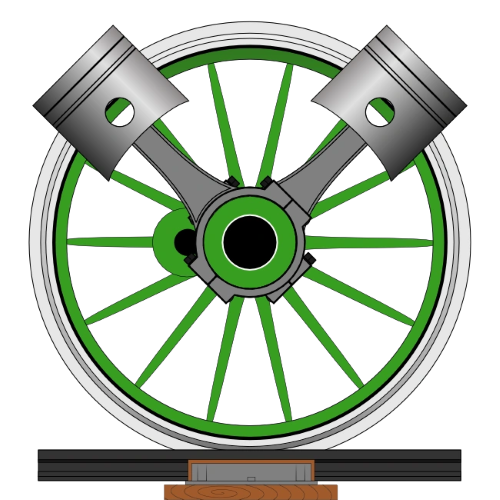
Loading gauge profile gate in Germany. The latticed 'wings' are curved inwards to the track. Goods wagons must fit between to be granted passage.
Loading gauge refers to the maximum dimensions that locomotives, multiple units or rolling stock can be on a rail-network. Although this does not affect the track gauge, it can make companies choose different gauges. For instance, generally speaking, the wider the gauge the wider the body of the rail-vehicles are; though this does not always parallel since the 3 ft 6 in (1,067 mm) gauge locomotives on South African Railways are very similar in width to 4 ft 8½ in (1,435 mm) locomotives in Europe.

Double stacking of intermodal containers is possible with generous loading gauges, without electrification and 6.5m+ high tunnels and overhead bridges
The most obvious example of loading gauge is commuter trains stopping at stations. Usually, not a thought is given to the easy transition between train and platform, or vice versa. The trains that run on such routes must be built with very close tolerances to the station platforms for there to be hardly a gap. This is especially prevalent when including disabled access. The London Underground is an example of where loading gauge is critical for overhead reasons; so is the New York, New York elevated Metro network, where the track is threaded through between buildings. Many bridges built yesteryear may be a tight fit for modern rail.
